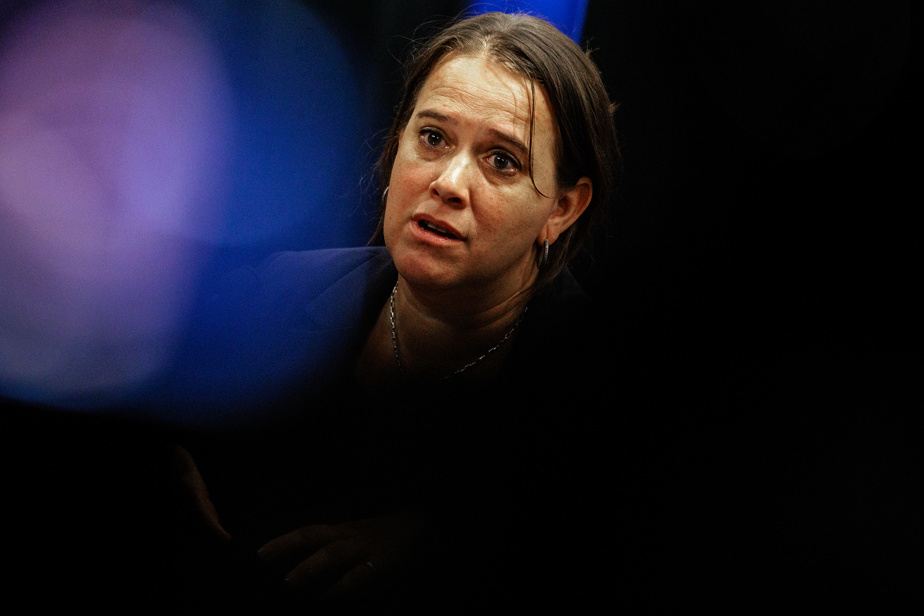(Ottawa) There are no rules to determine the proximity of a supervised consumption center to a school or early childhood center. This was indicated by Montreal’s regional director of public health, Mylène Drouin, in front of federal elected officials on Thursday. And it is impossible to keep them away in the metropolis. Instead, we need to think of ways to mitigate the disadvantages.
“The issue is that daycares and schools, if we put 200-500 meters, there are everywhere in Montreal,” she explained during a study on the opioid crisis by a parliamentary committee. .
“We should put our supervised consumption sites in places, in fields or along railway lines. So, it’s quite impossible if we want to reach the clientele and have a harm reduction strategy that works well. »
The case of Maison Benoît-Labre made the headlines this week. The homeless shelter opened a day center and supervised consumption site last month.
“My guy is scared!” », Confided Jessica Normandeau, while waiting for her 5-year-old son in front of the Victor-Rousselot school, located less than 200 meters away.
The Press revealed Wednesday that cohabitation between childhood and homelessness is becoming more complicated in the central neighborhoods of Montreal, at a time when the social crisis is coming to light. Conservatives seized on the story to criticize the Trudeau government’s approach to the opioid crisis.
Read the text “My daughter doesn’t even want to come to school anymore”
Alberta MP Laila Goodridge asked the DD Drouin if she found the case of Maison Benoît-Labre acceptable.
“Maison Benoît-Labre is above all a place of accommodation and a day center for the homeless,” said the regional director of public health. We have integrated two inhalation rooms, supervised consumption services for a minority of users, so approximately ten consumers per day use the room for hundreds of people who visit the center every day. »

PHOTO SPENCER COLBY, CANADIAN PRESS ARCHIVES
Alberta MP Laila Goodridge
She said she was part of the good neighborly committee which is trying to find mitigation measures to avoid crowds. “How can we ensure that young people are supported, that the school is supported to reduce these harms or at least the issues of cohabitation that are experienced,” she replied.
She recalled that the housing crisis and the lack of homelessness resources are among the factors fueling this problem.
Although the number of deaths due to the opioid crisis in Montreal is not “comparable to what is happening in Western Canada”, the metropolis has seen an upward trend in recent years. The DD Drouin said their number increased from 12 to 17 per month in three years. Public Health has more than doubled the distribution of naloxone kits.
Does she support “legalization of hard drugs as was done in British Columbia,” the MP asked? “For the moment, we judge that the conditions are not in place in terms of services to move towards a request for decriminalization and not legalization,” said the DD Drouin. I think you have to be careful with the terms. »
Conservatives regularly accuse the government of having “legalized” hard drugs in the Western Canadian province when it is more a question of decriminalization. The exemption granted by Health Canada as part of a pilot project “authorizes the possession of small quantities of certain illegal substances for personal use in certain specific locations. »
The British Columbia government asked Ottawa last month to reverse this exemption in public places.
With Philippe Teisceira-Lessard, The Press
